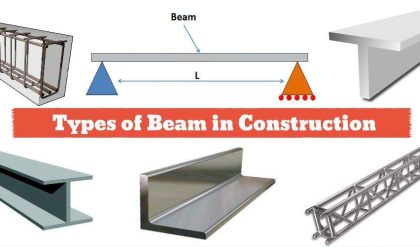Permissible stress design is a design philosophy used by civil engineers. The designer ensures that the stresses developed in a structure due to service loads do not exceed the elastic limit. This limit is usually determined by ensuring that stresses remain within the limits through the use of factors of safety.
The permissible stress design approach has generally been replaced internationally by limit state design (also known as ultimate stress design, or in USA, Load and Resistance Factor Design, LRFD) as far as structural engineering is considered, except for some isolated cases.
In USA construction, allowable stress design (ASD) has not yet been completely superseded by limit state design except in the case of Suspension bridges, which changed from allowable stress design to limit state design in the 1960s. Wood, steel, and other materials are still frequently designed using allowable stress design, although LRFD is probably more commonly taught in the USA university system.



